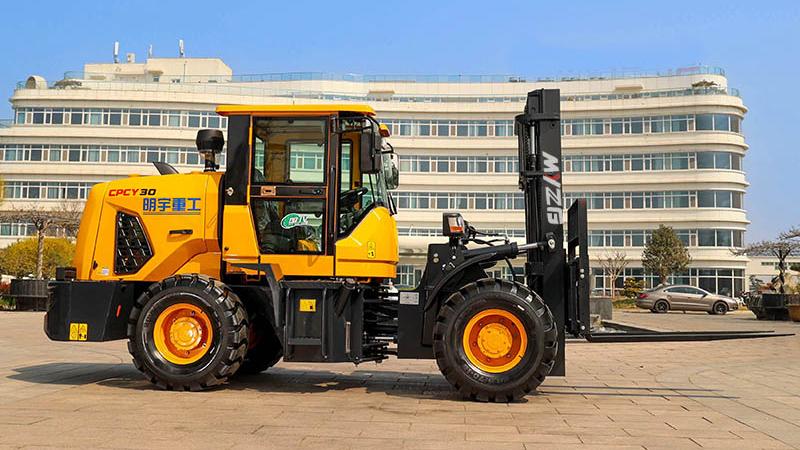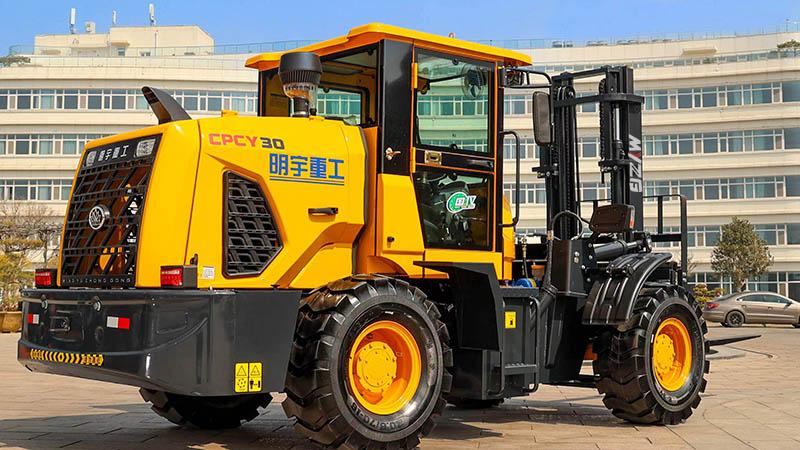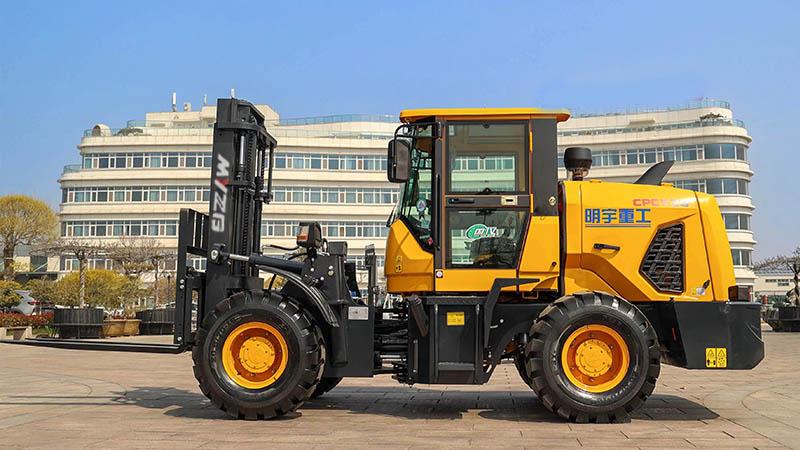
Productivity metrics further erode the perceived price advantage of diesel forklifts. Lithium-ion batteries maintain consistent voltage output throughout 85-90% of their discharge cycle, eliminating the performance degradation characteristic of lead-acid batteries and allowing continuous heavy lifting capacity until recharge. Diesel units conversely experience progressive power loss as fuel tanks empty, with measurable productivity drops of 12-18% during the final third of operational cycles. The economic equation becomes even more favorable for lithium when considering auxiliary costs - diesel operations require substantial investments in ventilation systems ($15,000-$50,000 for indoor facilities), potential health monitoring programs, and increasingly expensive emissions compliance measures as environmental regulations tighten globally. Lithium-electric forklifts operate with zero local emissions, often qualifying for substantial green energy subsidies (typically $3,000-$8,000 per unit in developed markets) that can offset 15-30% of the initial price premium. Equipment lifespan considerations further tip the scales - where diesel powertrains typically require major overhauls at 12,000-15,000 hours (costing 35-45% of original equipment value), lithium-electric systems routinely exceed 20,000 hours with only battery replacement (at 8-10 years) as significant maintenance. This extended productive life, combined with stronger residual values (lithium models retain 40-50% of original value after five years versus 25-35% for diesel), creates compelling long-term economics that savvy fleet managers increasingly recognize.

The price comparison evolves differently across capacity categories. For heavy-duty 8-10 ton forklifts required in steel yards and lumber operations, the diesel price advantage shrinks to just 20-30% as large-scale lithium systems benefit from improved economies of scale in battery production. Specialized applications reveal additional nuances - in cold storage environments (-20°C to -30°C), diesel forklifts require $5,000-$8,000 in cold-weather packages (block heaters, special fluids, insulated components) while lithium systems operate at full capacity with only minor battery chemistry adjustments. Multi-shift operations demonstrate lithium's decisive advantage through opportunity charging - 15-20 minute breaks allow partial recharges that maintain continuous 24/7 operations impossible with diesel refueling logistics. Emerging lithium technologies promise to further disrupt traditional price comparisons - solid-state batteries currently in development could increase energy density by 40-60% while reducing charging times below 10 minutes, potentially eliminating the last operational advantages of diesel. Fleet telematics data from early adopters shows lithium-electric forklifts achieving 22-28% lower cost-per-pallet metrics in real-world distribution center operations, with the productivity gap widening as operators gain experience with electric acceleration characteristics and regenerative braking benefits. These operational realities explain why progressive logistics operations now view the lithium price premium as strategic capital expenditure rather than simple cost, with payback periods typically falling between 18-36 months for medium-intensity applications (1,500-2,500 annual hours).

Government policies worldwide are accelerating the economic transition to lithium-powered forklifts. Over 45 major metropolitan areas have implemented low-emission zones that either ban diesel equipment or impose substantial operating fees ($2,500-$5,000 annually), while numerous jurisdictions offer tax credits covering 20-30% of lithium equipment costs. The financial sector has responded with favorable financing terms - interest rates for lithium forklift purchases average 1.5-2.5 percentage points below diesel equipment loans in most developed markets. These macroeconomic factors combine with technological advances to create irreversible momentum - lithium battery pack prices have fallen 18-22% annually since 2018 while energy density improves 5-7% each year. Diesel technology faces opposing cost pressures as emissions control requirements add $3,000-$6,000 to new equipment prices and fuel quality standards increase operational expenses. The total cost picture now clearly favors lithium-electric forklifts for nearly all indoor applications and most outdoor uses except extreme environments, with the price premium representing a sound investment in operational resilience and future regulatory compliance rather than simple expense. Industry analysts project the price gap will narrow to 15-25% by 2027 as battery production scales globally, potentially making diesel forklifts economically uncompetitive outside specialized niches within this decade.
Post time:Aug.12.2025
